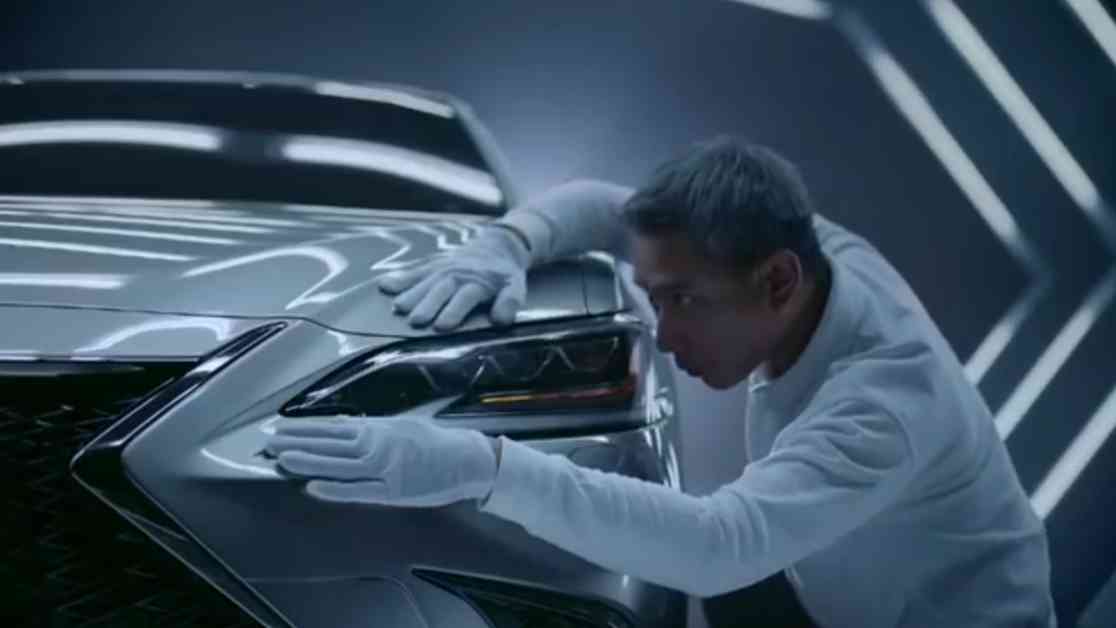Toyota’s Camry ad has been deemed as the worst car advertisement of all time. The ad focuses on features like rims and sleek body design, which many find cringeworthy. The ad also features digital de-aging, which often results in poor quality visuals. The presence of Emerson Fittipaldi in the ad adds to the confusion and lack of coherence in the message.
Moving on to the MG GS commercial, viewers in the UK have found it to be lackluster and unimpressive. The ad fails to effectively communicate the car’s unique selling points and instead focuses on mundane features like driving down the road to get pizza. Similarly, the ELR advertisement misses the mark by implying that vacations are only for certain groups of people.
The Volkswagen ad that was never officially released but gained attention as a viral video showcases the challenges faced by advertising creative teams. Volkswagen’s threat to sue over the spot highlights the importance of brand image and messaging in advertising campaigns. The “Real People” ads from a decade ago are criticized for portraying the cars as generic and lacking in distinctiveness.
Chevrolet’s attempt to showcase the 2016 Malibu as a combination of BMW and Tesla falls flat, as viewers are quick to point out the lack of originality in the ad. Similarly, Buick’s commercial reinforces the perception of the brand producing forgettable and uninspiring cars. The Catera ads are criticized for relying heavily on gimmicky elements like a bird named Ziggy and the repetitive use of the word “zig.”
Overall, these car ads serve as cautionary tales for advertisers, highlighting the importance of creating compelling and relevant content that resonates with the target audience. Effective advertising goes beyond showcasing features and instead focuses on creating a memorable and engaging narrative that drives consumer interest and brand loyalty.










